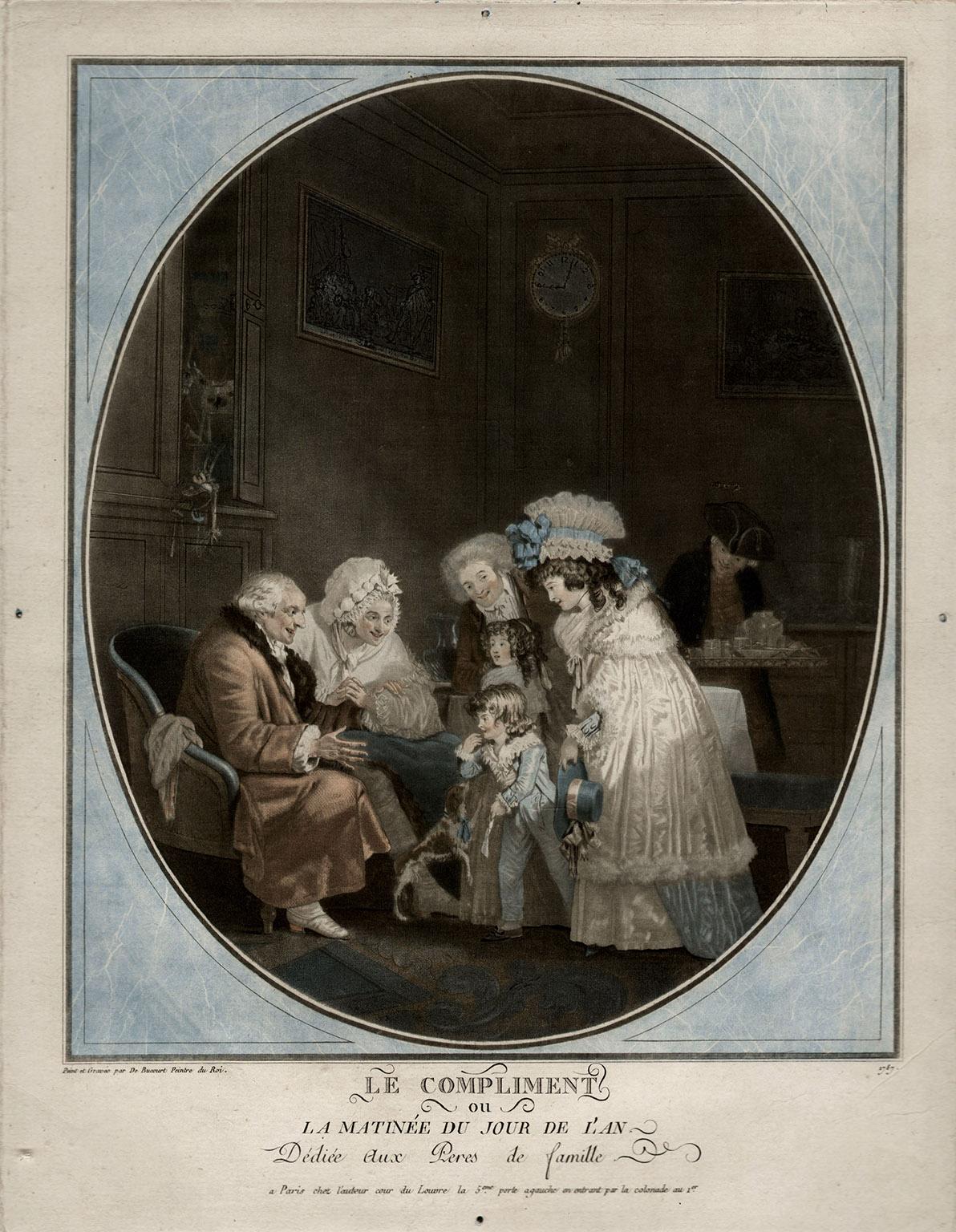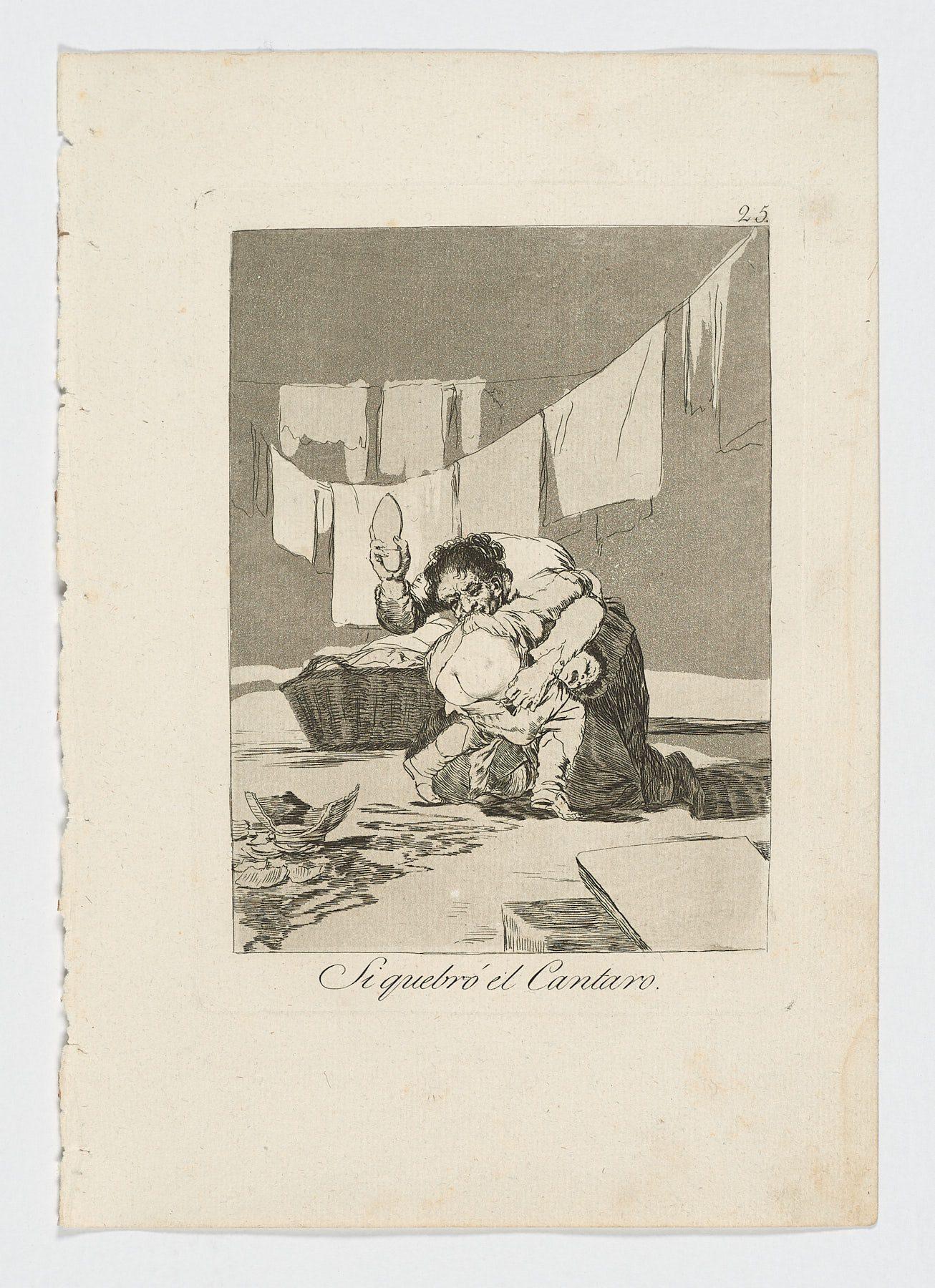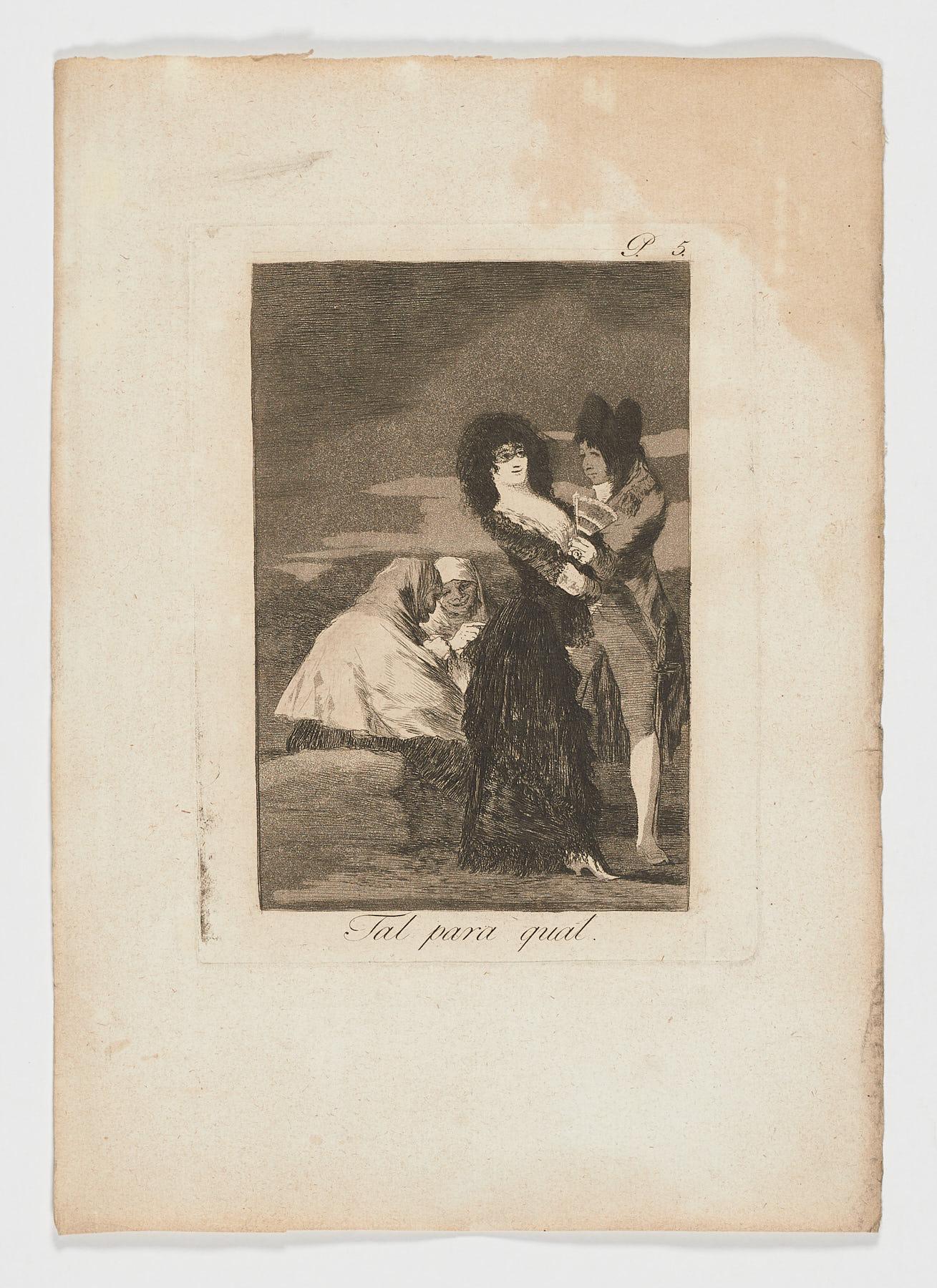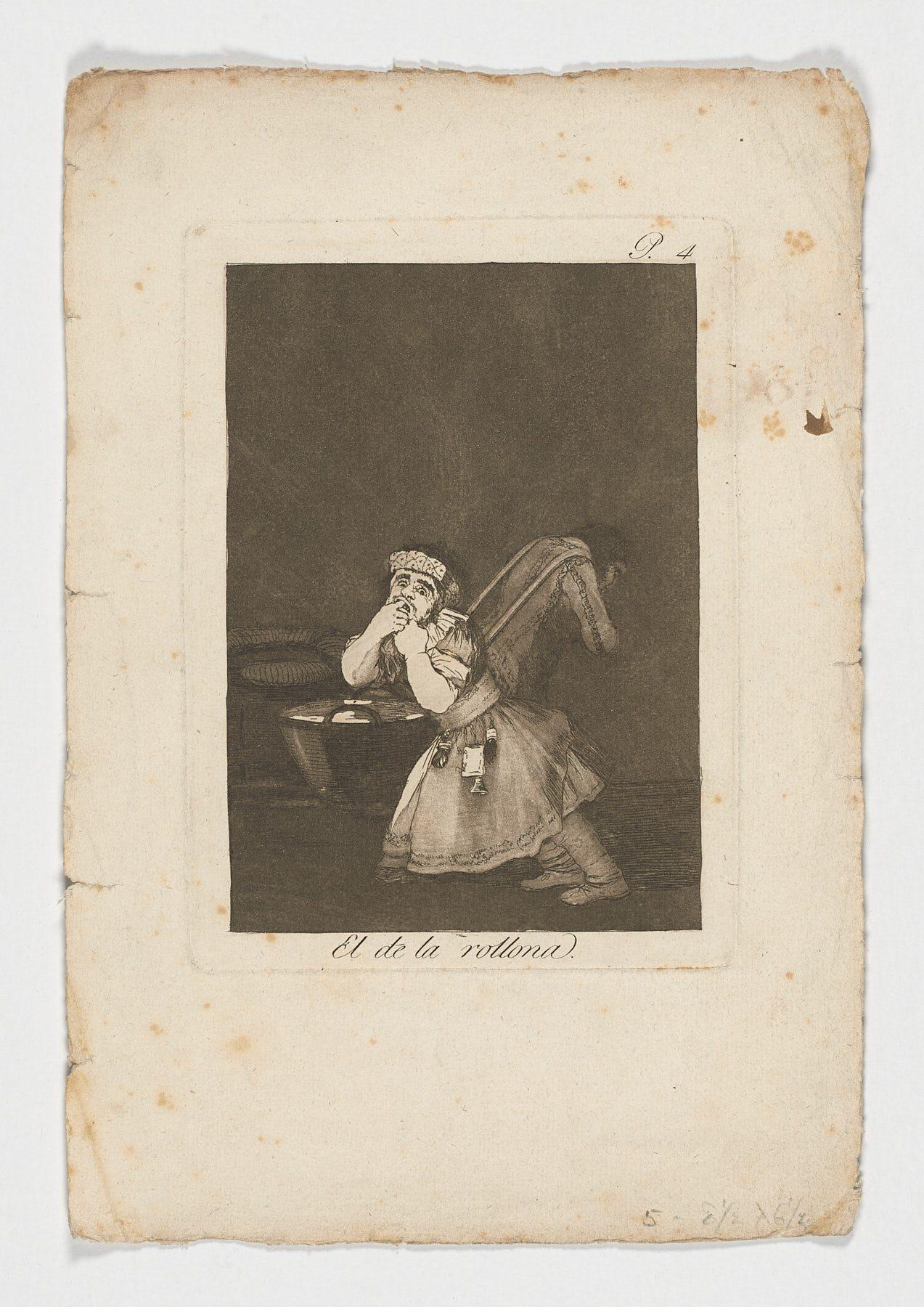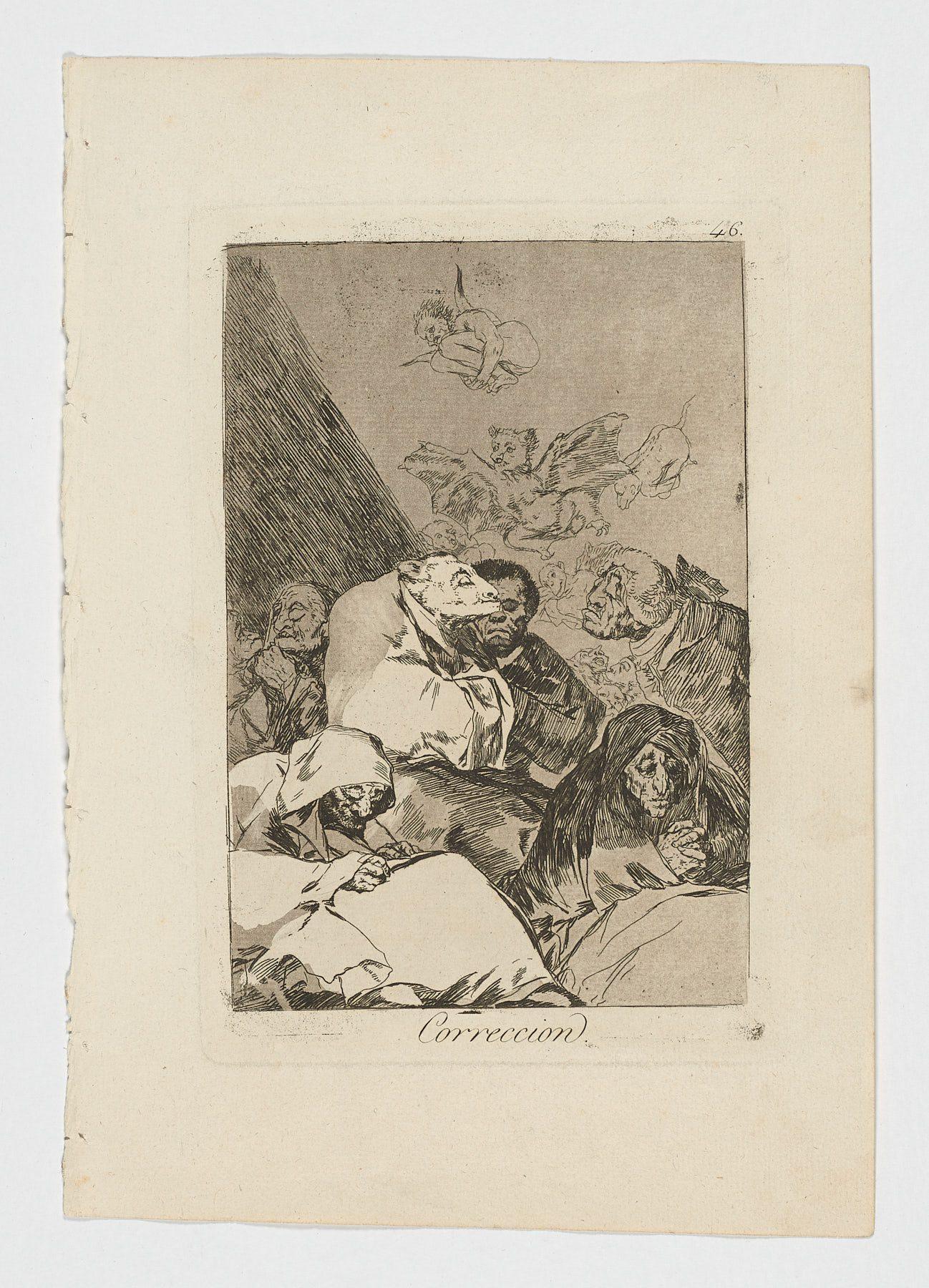Items Similar to A Cart Race
Want more images or videos?
Request additional images or videos from the seller
1 of 11
Thomas RowlandsonA Cart Race1788
1788
About the Item
A Cart Race
Hand colored etching & aquatint, 1788
Signed in the plate (see photo)
Published by William Hollande, London
Inscribed in the plate with title, artist's name and publication line 'Rowlandson. 1788./ London. Pubd 1789 by Wm Holland No 50. Oxford Street.'
Reference: M.Dorothy George, 'Catalogue of Political and Personal Satires in the British Museum', VI, 1938)
British Museum Satires 7607
Grego, 'Rowlandson', i. 260, Grego II.392
Provenance: Chris Beetles Ltd., London (label), 2003
Jeffrey M. Kaplan, Washington, D.C. (label)
Condition: Excellent
Archival framing by Chris Beetles Ltd., London
Note: The British Museum has two impressions, one trimmed the other full sheet as this example. Accession Number: 1868,0711.35
The Metropolitan Museum has an impression: Accession number 59.533.314
Fitzwilliam Museum: Accession number: 34.14-286
Cleveland Museum of Art accession number: 1958.10
Image description per BM: Three ramshackle two-wheeled carts drawn by wretched horses race (right to left) against a background formed by the church...
Note: The British Museum has two impressions, one trimmed the other full sheet as this example. Accession Number: 1868,0711.35
The Metropolitan Museum has an impression: Accession number 59.533.314
Fitzwilliam Museum: Accession number: 34.14-286
Cleveland Museum of Art accession number: 1958.10
Image description per BM: Three ramshackle two-wheeled carts drawn by wretched horses race (right to left) against a background formed by the clouds of dust which they have raised, with a row of gabled houses (right) inscribed 'St Giles', terminating in a church spire (left), and probably representing Broad St. Giles. The occupants of the carts are Irish costermongers typical of St. Giles. The foremost horse gallops, urged on by the shouts of a standing man brandishing a club. The other occupants, two women and a man, cheer derisively the next cart, whose horse has fallen, one woman falling from it head-first, another lies on the ground. The driver lashes the horse furiously. The third cart, of heavier construction, is starting. The horses are partly obscured by the clouds of dust, but denizens watch from casement windows and a door. Two ragged urchins (right) cheer the race; a dog barks.
"It was said that the amount of copper Thomas Rowlandson etched would sheathe the British Navy. An inveterate gambler, for much of his life Rowlandson had to produce a flood of his comic prints to stay ahead of financial losses.A wealthy uncle and aunt raised Rowlandson after his textile-merchant father went bankrupt. His career developed quickly. He entered London's Royal Academy Schools in 1772, visited Paris in 1774, exhibited at the Royal Academy in 1775, and won a silver medal in 1777. He left school in 1778 to set up in business. Rowlandson's depictions of life in Georgian England exposed human foibles and vanity with sympathy and rollicking humor. During the 1780s he consolidated the delicate style he used for his coarse subjects. He worked mainly in ink and watercolor, his rhythmic compositions, flowing line, and relaxed elegance inspired by French Rococo art. In 1789, at the height of critical and popular success, Rowlandson's aunt died, leaving him a large sum. He ran through the money quickly, traveling across Europe and gambling: by 1793 he was impoverished. His fortunes changed in 1797, when he began working for fine-art publisher Rudolph Ackermann, who published most of Rowlandson's finest work for twenty years." Courtesy J. Paul Getty Museum
- Creator:Thomas Rowlandson (1756 - 1827, British)
- Creation Year:1788
- Dimensions:Height: 13.75 in (34.93 cm)Width: 18.38 in (46.69 cm)
- Medium:
- Movement & Style:
- Period:1780-1789
- Condition:
- Gallery Location:Fairlawn, OH
- Reference Number:
About the Seller
5.0
Recognized Seller
These prestigious sellers are industry leaders and represent the highest echelon for item quality and design.
Platinum Seller
These expertly vetted sellers are 1stDibs' most experienced sellers and are rated highest by our customers.
Established in 1978
1stDibs seller since 2013
712 sales on 1stDibs
Typical response time: 1 hour
Associations
International Fine Print Dealers Association
- ShippingRetrieving quote...Ships From: Fairlawn, OH
- Return PolicyA return for this item may be initiated within 10 days of delivery.
More From This SellerView All
- Phrosine and MélidoreLocated in Fairlawn, OHPhrosine and Mélidore Etching, 1879 Signed in the polate lower left of image This etching is after the Dantan painting, a copy after the Pierre-Paul Prud’hom painting Published by Vve. A. Cadart, 56, Bard. Haussman, Paris A deluxe impression with masked letters The Prud’hom painting is in the Musée des Beaux-AÉdouard Joseph Dantan was born on 26 August 1848 in Paris. His grandfather, who had fought in the Napoleonic Wars, was a wood sculptor. His father, Antoine Laurent Dantan, and uncle, Jean-Pierre Dantan, were both well-known sculptors.[1] Dantan was a pupil of Isidore Pils and Henri Lehmann at the École nationale supérieure des Beaux-Arts in Paris.[2] At the age of nineteen he won a commission for a large mural painting of The Holy Trinity for the Hospice Brezin at Marne (Seine-et-Oise).[3] Dantan's first exhibit at the Paris Salon was An Episode in the Destruction of Pompeii in 1869. In 1870 the Franco-Prussian War interrupted his work, and he enlisted in the defence force.[4] He was given the rank of a sergeant, and was later promoted to lieutenant.[5] During the war the family home was burned down.[4] In the years after the war Dantan exhibited a number of other paintings at the Salon including Hercules at the Feet of Omphale (1874), Death of Tusaphane (1875), The Nymph Salmacis (1876), Priam Demanding of Achillees the Body of Hector (1877), Calling of the Apostles Peter and Andrew (1878), Corner of a Studio (1880) and The Breakfast of the Model (1881).[3] He continued to exhibit at the Salon until 1895. In 1890, 1894 and 1895 he served on the jury of the Salon. For twelve years Dantan's companion was the model Agostina Segatori, who had also posed for artists such as Jean-Baptiste Corot, Jean-Léon Gérôme, Eugène Delacroix and Édouard Manet. She bore a child to Dantan, Jean-Pierre, in 1873. On their separation, Agostina opened Café du Tambourin on the Boulevard de Clichy that became a meeting place for artists.[6][fn 1] Dantan spent his summers in Villerville, where he died on 9 July 1897 when the carriage in which he was riding crashed violently into the village church.[8] Style and reception Coin d'atelier (1880) At the 1870 exposition of the Ecole Nationale des Beaux-Arts Dantan received an honorable mention for his submission for the prix de Rome.[9] In 1874 he won a third class medal for his painting of a monk carving a Christ in wood...Category
1870s Romantic Figurative Prints
MaterialsEtching
- Passage du Mont Saint-BernardBy Jean Louis Andre Theodore GericaultLocated in Fairlawn, OHTheodore Gericault (1791-1824) Passage du Mont Saint-Bernard Lithograph, 1822 Signed and titled in the stone As published in Arnault "Vie politique et militair...Category
1820s Romantic Figurative Prints
MaterialsLithograph
- Napoleon a BautzenBy Hippolyte BellangéLocated in Fairlawn, OHNapoleon a Bautzen Lithograph, 1822 Signed in the stone (see photo) From: Arnault, A. V. Vie Politique et Militaire de Napoleon (120 plates) Published, Paris, Librairie Historiquem 1...Category
1820s Romantic Figurative Prints
MaterialsLithograph
- Napoleon StandingLocated in Fairlawn, OHNapoleon Standing Lithograph, 1822 Signed in the stone lower left corner of image (see photo) From: Arnault, A. V. Vie Politique et Militaire de Napoleon (120 plates) Published, Paris, Librairie Historiquem 1822 Printed by C. Motte, Paris Considered to be the major pictorial treatise on Napoleon and his military conquests. Image size: 14 x 9 3/4 inches Sheet size: 23 5/8 x 17 3/4 inches Condition: Very good Horizontal prints...Category
1820s Romantic Figurative Prints
MaterialsLithograph
- Napoleon a Batille de DresdeBy Hippolyte BellangéLocated in Fairlawn, OHBatille de Dresde Lithograph, 1822 From: Arnault, A. V. Vie Politique et Militaire de Napoleon (120 plates) Published, Paris, Librairie Historiquem 1822 Printed by C. Motte, Paris Co...Category
1820s Romantic Figurative Prints
MaterialsLithograph
- L'ACTEUR . . . . - On voit bien qu'il fait chaud . . . . . . . trois spectateursBy Honoré DaumierLocated in Fairlawn, OHL'ACTEUR . . . . - On voit bien qu'il fait chaud . . . . . . . trois spectateurs dans la salle ..... faut-il commencer ? . . . . LE DIRECTEUR .- Et encore un des trois est le vendeu...Category
1850s Romantic Figurative Prints
MaterialsLithograph
You May Also Like
- Le Compliment & Les Bouquets, pair French aquatints by Debucourt , 1787 and 1788Located in Melbourne, Victoria'Le Compliment ou La Matinee du Jour de L'an, Dediee aux Peres de Famille' (The Compliment, or New Year's Morning, Dedicated to the Fathers of the Family) and it's pair 'Les Bouquets...Category
Late 18th Century Romantic Figurative Prints
MaterialsAquatint
- Woman with FruitsLocated in San Francisco, CAThis artwork "Woman with Fruits" c.1980 is an original color aquatint by noted 20th century Bolivian Artist Norha Beltran. It is hand signed and numbered...Category
Late 20th Century Romantic Figurative Prints
MaterialsAquatint
- Francisco De Goya Caprichos El de la rollona 1st edition original art printBy Francisco GoyaLocated in Miami, FLFrancisco De Goya (Spain, 1746-1828) 'El de la rollona". Serie Caprichos. Estampa 04, ca. 1797-1799 burnished aquatint, etching on laid paper 12.6 x 8.6 in. (32 x 21.8 cm.) 1st Editi...Category
1790s Romantic Prints and Multiples
MaterialsLaid Paper, Etching, Aquatint
- Francisco De Goya Caprichos Si quebró el Cantaro 1st edition original art printBy Francisco GoyaLocated in Miami, FLFrancisco De Goya (Spain, 1746-1828) ¨Si quebró el Cantaro¨ Series Caprichos. Estampa 25, ca.1797-1799 etching, aquatint, dry point on laid paper 11.6 x 8.1 in. (29.3 x 20.5 cm.) 1st...Category
1790s Romantic Prints and Multiples
MaterialsLaid Paper, Etching, Aquatint
- Francisco De Goya Caprichos Correccion 1st edition original art print SpanishBy Francisco GoyaLocated in Miami, FLFrancisco De Goya (Spain, 1746-1828) ¨Correccion¨ Serie Caprichos. Estampa 46, ca.1797-1799 etching, aquatint on laid paper 11.6 x 8.1 in. (29.3 x 20.5 cm.) 1st Edition Iron without ...Category
1790s Romantic Prints and Multiples
MaterialsLaid Paper, Etching, Aquatint
- Francisco De Goya Caprichos Tal para cual 1st edition original art print SpanishBy Francisco GoyaLocated in Miami, FLFrancisco De Goya (Spain, 1746-1828) ¨Si quebró el Cantaro¨'Tal para cual¨ Serie Caprichos. Estampa 05, ca.1797-1799 etching, aquatint, dry point on laid paper 12.4 x 8.7 in. (31.3 ...Category
1790s Romantic Prints and Multiples
MaterialsLaid Paper, Etching, Aquatint
